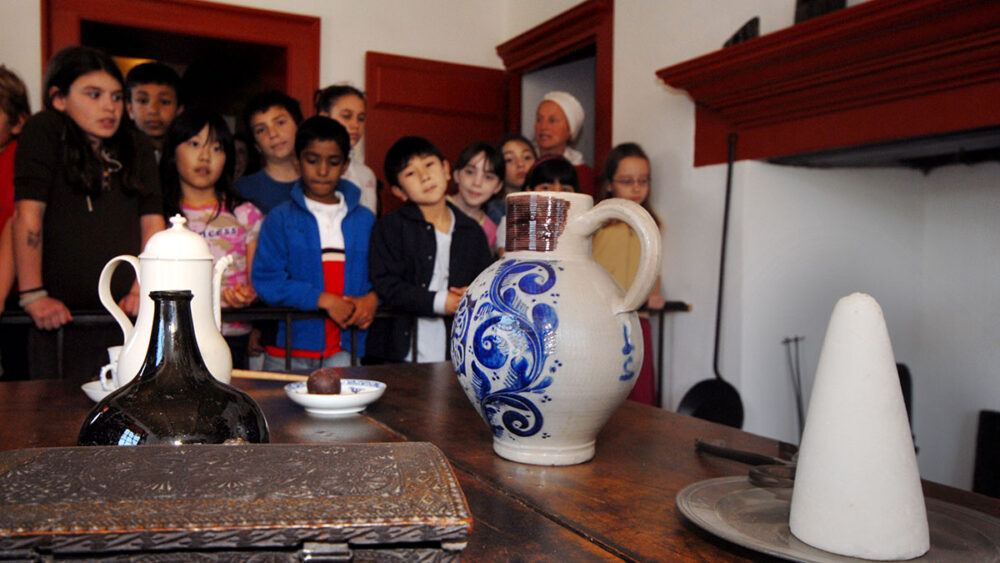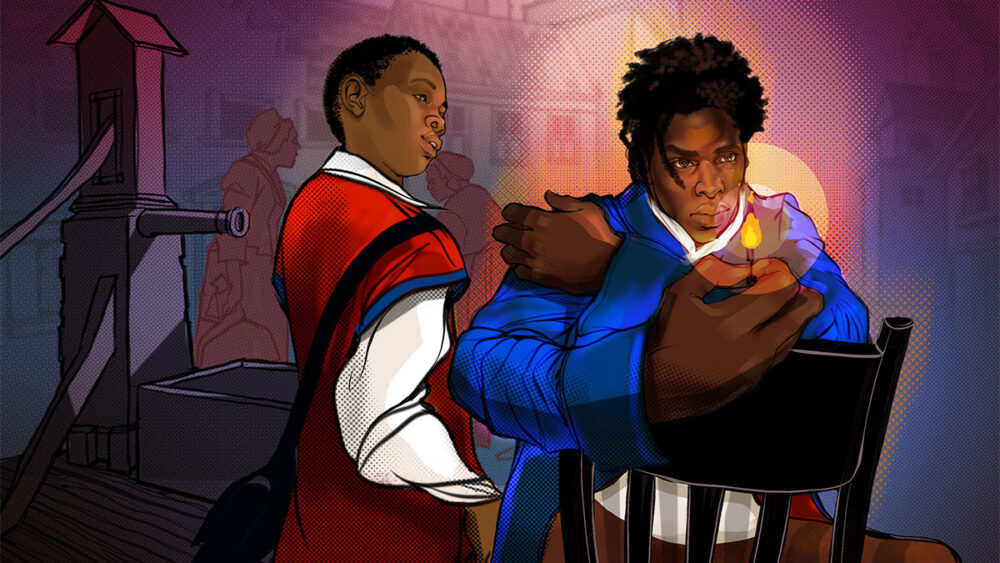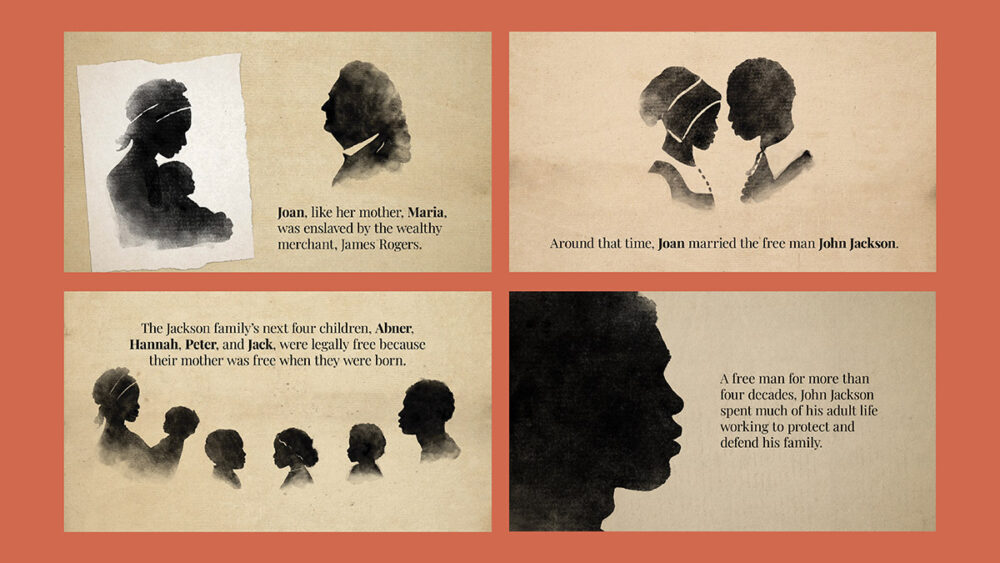We have more than twenty years of experience developing and leading programming for schools and teachers about northern slavery and its legacy.
Our education department maintains expertise on the state of the field through ongoing research and conference participation, as well as through the Northern Slavery Collective, a network of historic house museums and institutions interpreting slavery founded by Historic Hudson Valley in 2018. We work in partnership with local schools to provide field trips (virtual and in-person) as well as teacher professional development workshops throughout the year.
NEW! Interactive Graphic Novel
Kofi’s Fire: A Spark of Resistance
Kofi, who was enslaved by the Philipse family, was accused of being one of the ”ringleaders” of the so-called ”New York Conspiracy” in 1741, when many African and white colonists were charged with plotting to burn Manhattan. Drawing from court documents and records, this new experience shares the story of the revolt, Kofi, his community, and their collective struggle for freedom.















